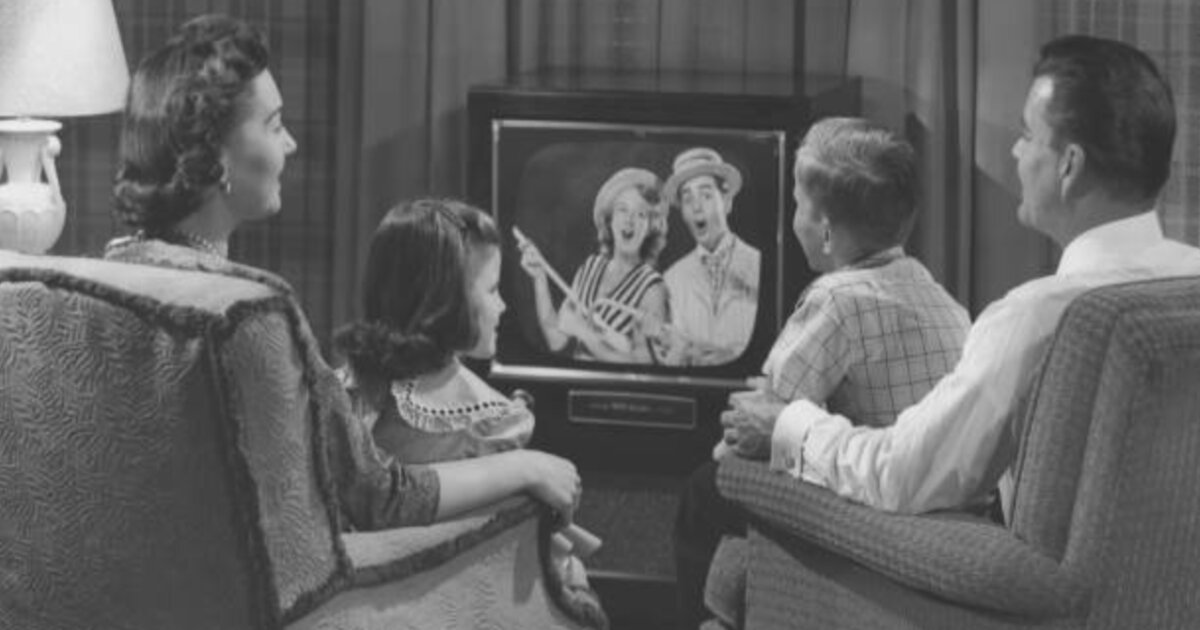The 70s Living Room: A Hub of Shared Experiences

source: Getty Images
In the 1970s, the antenna terminal was a staple in the home, a quaint reminder of a less digital age. Outfitted with pronged sockets for TV and FM antennas, and a central one for an antenna rotator, these plates were the tech hubs of their day.

The rotator looked like this:

The TV antennas connected families to a world of groundbreaking shows and major live events, while FM radio delivered the defining sounds and news of the decade. Adjusting the rotator to clear up a fuzzy screen was a common household chore, as vital as any other.
These tasks were more than mere routine; they were a part of the social fabric, a communal activity that brought people together. Unlike today’s on-demand media, tuning in was a shared event, a reason for a family gathering, and the buzz of static was the prelude to entertainment.
As relics of an analog past, these antenna terminals remind us of the days when the airwaves were king and capturing the perfect reception was a daily triumph. They evoke a simpler time when technology was a bridge to the world and tuning in was a cherished part of life’s rhythm.

